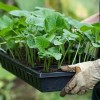Growing and caring for eggplants in a greenhouse: expert advice
Content
Soil and seed preparation
In order to get a good harvest of vegetables in the future, you need to purchase high-quality seed material in a specialized store. On the package, look for an indication of the variety or hybrid, name, growing season, the degree of readiness of the seeds for sowing and the year they were harvested. It is recommended to buy seeds zoned, for example, for the Urals. Because they are adapted to the climate of the region and have a strong immunity to diseases.
If the seed is purchased on the market and there are no special markings on the package, it is best to carry out pre-sowing preparation. You can and should place them in warm water with a temperature of +45 to + 50 degrees for 5 minutes. Next, disinfection is carried out with a solution of potassium permanganate for no more than 20 minutes. You can use a mixture of biofungicides and stimulants instead. Trace elements are also added there. In such a mixture, the seed stays for up to 12 hours. Further, the hardening procedure is carried out. Use the change of day and night temperatures during the week. The indicators of the first are at the level of + 18 - +22 degrees, the second - + 2 - +3. Immediately before planting, the seeds are pumped.
A soil mixture for planting both in the Urals and in other areas of the country should have a light structure, a neutral degree of acidity, be fertile and breathable. Usually it includes peat, sod and soft forest land, mature humus and sand. In proportions 1: 2: 2: 1. It is permissible to take other suitable formulations. The soil should be disinfected and combined with biological products such as planism, trichodermin in order to increase the amount of high-quality microflora. The stores have ready-made soil mixtures for planting.
Video "Features of cultivation"
From the video you will learn about the features of growing eggplant.
Growing seedlings
Usually, sowing seeds for seedlings begins on February 20 and continues until March 15. The degree of readiness of seedlings for planting in the ground is 45 - 55 days for early varieties, 55 - 70 - for medium and 70 - 80 for late varieties. The disembarkation can be expedited or scheduled at a later time if the weather conditions change.
Remember, eggplant roots don't like replanting. Therefore, seedlings for giving must be prepared without picking, preparing separate containers. Seedling cassettes with 25 or 50 nests can be used.
The soil mixture in containers must be moistened. You cannot do this excessively, so as not to provoke seed rot. Further, for every 1.5 cm, 2 - 3 seeds are placed. Sprinkle them with dry soil mixture. The containers can be placed on a tray and given a dark and warm place (with a temperature of + 23 - + 25 degrees). If the need arises, the soil is moistened with finely dispersed spraying. Entrances most often appear 1, 5 - 2 weeks after planting. Diving seedlings is not recommended.If necessary, then it should be done when at least a couple of leaves appear. Seedlings can be buried down to the cotyledonous leaves. The first days of the picking must create a shadow. Do not forget about watering with warm water.
Seedling care assumes a soil temperature before shoots at the level of + 20 - + 25 - 28 degrees. From germination to the moment of hardening of seedlings at night - at least + 17, during the day - not lower than + 20. In the daytime, seedlings up to a week of age will be correctly grown at a temperature of + 14 - 16, at night - at + 8 - 10 degrees. Further, the temperature indicators are maintained at + 11 - + 14 - 17 degrees.
Watering frequency every 3 to 4 days. The water should be warmed up to a temperature of at least + 20 degrees. Dry sand mulching is mandatory. Why? Since this is an excellent prevention of root rot. For the prevention of fungal and other infections, it is worth adding biofungicides to the water, but not more than 2 times a month. To prevent the seedlings from being attacked by pests, bioinsecticides are used.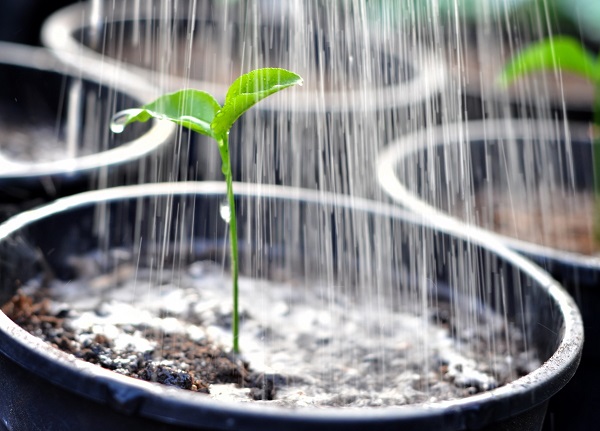
To grow high-quality seedlings, it is advised to feed it twice. This is done at the stage of the appearance of the first few leaves and 10 - 15 days before you plan to plant it in the ground in the Urals or in any other region of the country. For the first feeding, a mineral fertilizer (nitroammofoska, nitrophoska, kemira) is well suited. The second is carried out with an infusion of ash. To do this, use 1 glass per 1 bucket of water and insist throughout the day. You can take other fertilizer with microelements. Next, the seedlings are hardened. At night, it is transferred to a cool place, the frequency of watering is reduced. High-quality seedlings should have 6 - 8 leaves and developed roots, be from 20 to 25 cm in height.
Greenhouse landing
It is permissible to plant seedlings in open ground after warm weather is established. The timing of disembarkation directly depends on the degree of its development. They fall in the Urals and in other regions for the period from May 20 to June 10-15 and from June 1-10 until the end of the month (depending on which region, southern or middle). Eggplants in the greenhouse grow up to 1.3 meters in height. Therefore, it will be correct to plant them in a row.
A distance of up to 45 cm is left between the cultures. 1 - 2 liters of water should be poured into the hole. You can also mix with trichodermine and epin. Next, the plant should be planted by transferring it into a hole or cassette. It is buried to the first leaves located below and pressed with earth. For the first week of culture, shade is needed.
Care
Caring for eggplants in a greenhouse, regardless of whether you will plant them in the Urals or in another region, is quite difficult. They need moist soil, but waterlogged air is destructive. They love high temperatures, but they can die if they are higher than recommended.
It is necessary to care for such plants by making proper watering and mandatory loosening. For irrigation, you should take water with a temperature of + 23 - 26 degrees. It is better to do this in the morning. Irrigation is carried out several times a week. Why? Since long breaks are destructive and can provoke wilting of flowers. On the day of watering, be sure to loosen the soil. Avoid getting water on the foliage surface.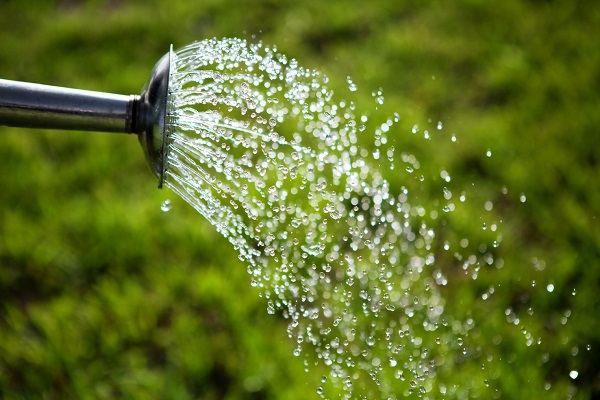
It takes a long time and thoroughly to ventilate the greenhouse. It is better to open it after watering. Otherwise, the appearance of fungal infections in eggplants is possible. You cannot create a draft by opening holes from both sides of the greenhouse at once. The temperature regime for growing, at which the eggplants feel normal in the greenhouse, is + 25 - + 28 degrees. Lowering the temperature to + 14 and increasing to + 34 degrees are dangerous. In addition to airing, watering the paths inside the structure with water allows you to regulate the indicators in the heat. The peculiarities of the formation of bushes depend on the variety of vegetables. For some, pinching of the top is required, others need to stimulate the development of lateral stems, and others need to remove lateral shoots before the first fork.
Top dressing and fertilization
Caring for eggplants in a greenhouse (even in the Urals, even in another region) is impossible without fertilization. Depending on the condition of the bushes, it can be carried out 2 to 6 times. It is advised to take ready-made complex dressings. These include "Kemira Universal" and "Solution". During the fruiting period, it is better to use nitrogen-phosphorus fertilizing. These are superphosphate and ammonium nitrate. Ash is also good.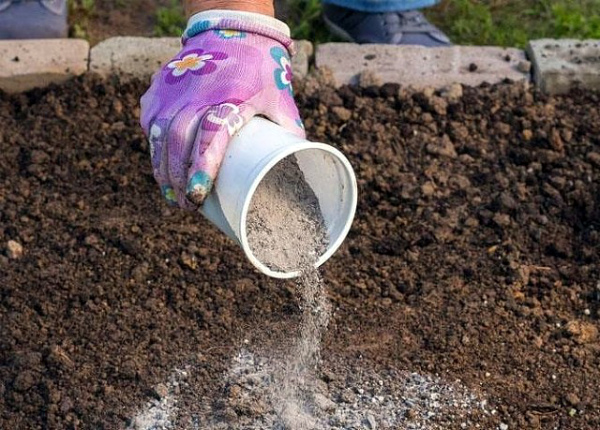
It is recommended to moisten the soil normally the day before fertilization. And after making the bushes to spud. Foliar top dressing is also necessary - on the leaves. It is held 2-3 times a month. To increase the number of ovaries and flowers, you need to spray crops with boric acid at the rate of 1 gram per 5 liters of water. A fertilizer with a high nitrogen content will help stimulate excellent stem growth.
Diseases and pests
Those who decide to plant eggplants in their greenhouse should know not only how to care for them, feed them correctly, and so on, but also about possible diseases of the vegetable. Why? In order to have time to help the plants in time. Sometimes, as a result of excessive moisture, crops can suffer from gray rot. It manifests itself as characteristic light gray spots on the surface. It helps to establish a heating system for the greenhouse and thorough ventilation.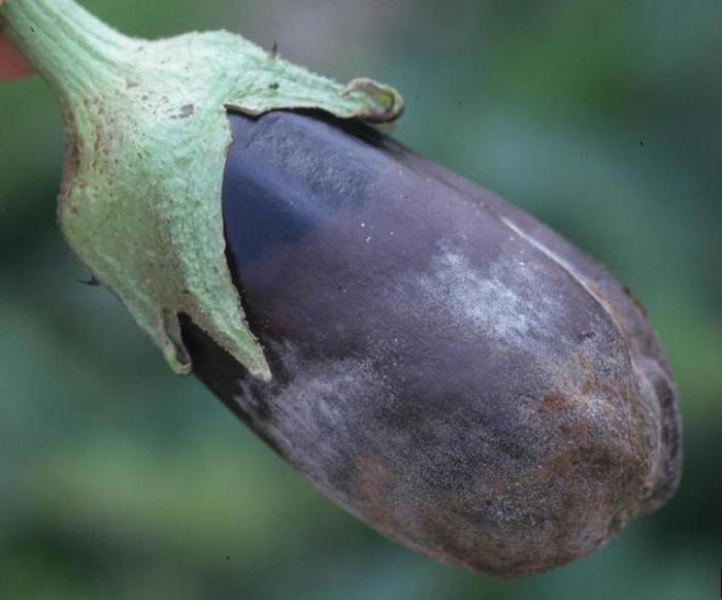
Late blight is also possible. It is easy to distinguish by its brown spots, which gradually spread throughout the plant. Today there is no sure way to deal with such a scourge. Internal necrosis can really be suspected by the presence of yellow areas on eggplants. This is a viral disease. The diseased bush is advised to be removed, and the remaining ones should be treated with an antiviral drug for prevention. A mosaic of leaves can also appear on eggplants. In this case, the foliage is covered with light spots, and the fruits become firm. The reasons are low temperatures and lack of lighting.
Video "Leaving"
From the video you will learn how to properly care for eggplants.



